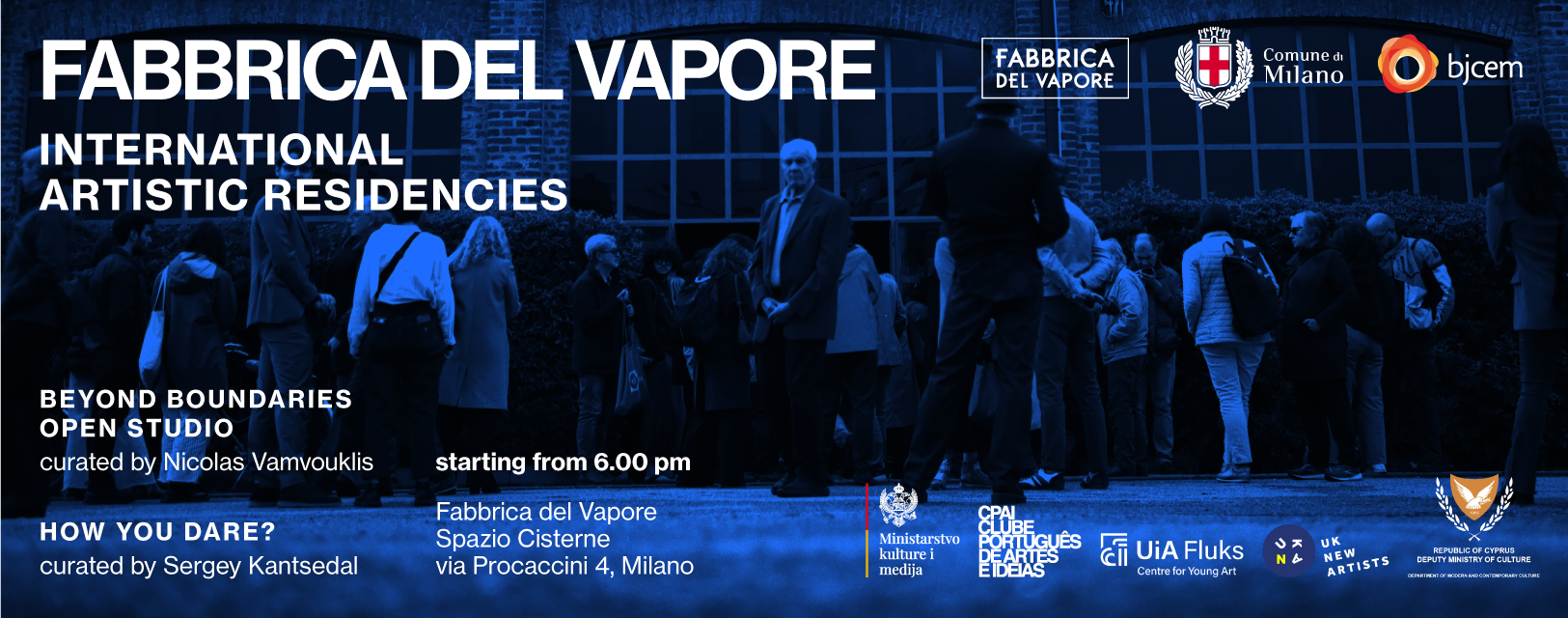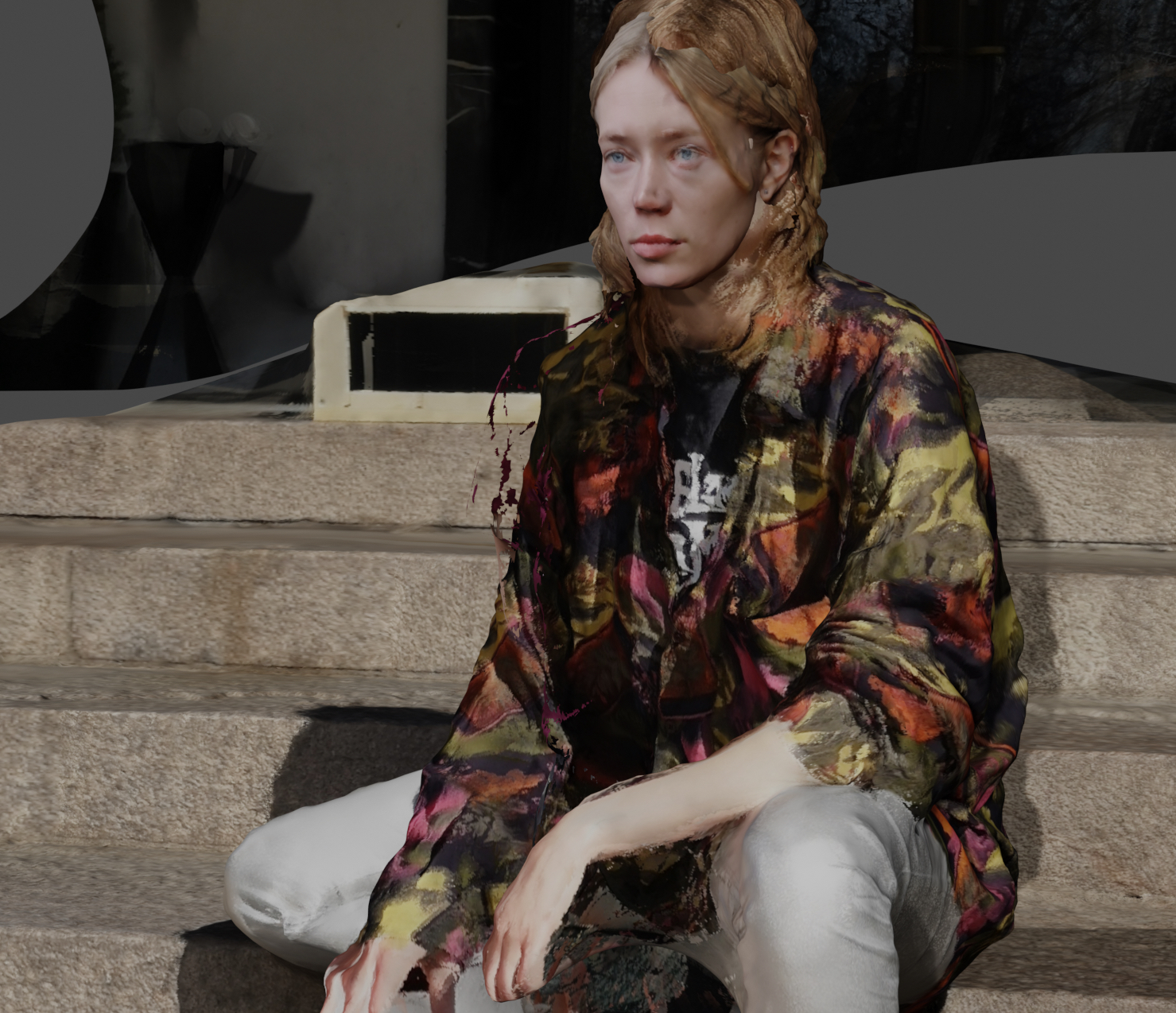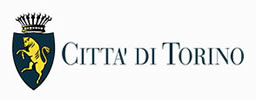Ingrid Bjørnaali is a multidisciplinary artist based in Oslo. In her practice, she records specific biotopes, analysing bits of matter behaving matter-like in various states of their ongoing worldbuilding processes. Bjørnaali is interested in ways of learning from- and interpreting our surrounding nature and co-existing species in intimate close-up readings through e.g. photogrammetry that relates to satellite mapping and mediation of anthropocentric spaces and monuments. Her works explore the omnipresence of the digital in our experience of the world, as well as the inability of technology to adequately articulate matter’s complexity.
A CONVERSATION WITH INGRID BJØRNAALI (NORWAY)
Nicolas Vamvouklis (NV): How would you describe your artistic practice?
Ingrid Bjørnaali (IB): I record specific biotopes in various states of their ongoing world-building processes, observing matter behaving matter-like and trying to learn from our co-existing species. Most of the time, I use photography-based tools like photogrammetry and 3D scanning while crawling on the ground to capture a more detailed view than one gets from, for example, satellite mapping. Photogrammetry is often used in the mediation of anthropocentric spaces and monuments, and so I find it meaningful to employ it in the attempt to read other stories. I believe, in line with Legacy Russell’s book “Glitch Feminism,” that glitches bear witness of a refusal to be reduced to binary code. And so, I always keep the glitches and let the digital (mis)interpretations of the biotopes be as is, resulting in a virtual landscape that is somewhat fictional, somewhat indexical to reality. My process results in video installations, sculptures, live performances, and prints of different kinds.
NV: Beyond Boundaries: What was the initial thought that crossed your mind when you encountered this title?
IB: The multitude in which boundaries can manifest: physically, politically, virtually, etc. In the research I’m working on right now, boundaries appear in relation to the fluctuations of matter in volcanic landscapes and areas with tectonic plate activity. Or rather, boundaries are erased as matter changes shape and composition in different layers of the Earth. In reading about something called “biogeochemical cycles,” I’m more and more fascinated by macroscopic mechanisms and movements of and within Earth, often dependent on the nature of disturbance, microorganisms, and spontaneous biotic collaborations. Processes like these link together distant landscapes and ecosystems beyond national borders.
NV: Can you provide some insights into the project you worked on during the residency?
IB: I’m currently working on material recorded in a very particular ecosystem found in the Tablelands, Newfoundland, Canada. Tablelands is one of three places on the planet where Earth’s inner mantle lies exposed on the surface. It is a terrain so toxic that hardly any plants can grow there, with a few exceptions like the meat-eating plant Sarracenia Purpurea, which is only found in other exceptional terrains such as peat bogs. The rocky surface of this place contains both mantle and parts of the sea bed from a sea called “The Old, Lost Sea” or “The Iapetus Ocean,” named after a Greek Titan symbolizing mortality. The altered, serpentinite rocks found on this site relate to hydrothermal vents or “chimneys” in rifts between tectonic plates normally found on the ocean bed, with names like “Ghost City,” “Medusa,” “Eye of Mordor,” “Loki’s Castle,” “Nereus Deep,” “Kuiwai,” and “Kamaʻehuakanaloa,” reminiscent of supernatural places, mythology and old deities. As of 2023, Norway has become the first country in the world to move forward with the controversial practice of commercial-scale deep-sea mining against all environmental scientific advice. Before we know nearly enough of the ecosystems at work in the ocean bed, opening up for mining seems to me like messing with something sacred on this planet. While researching the Tablelands and its many connections, I’ve been 3D animating, video editing, and I’ve made some textile prints, interpreting these biotopes’ self-made monuments and marks. Works in progress will be shown in the last days of our open studios.
NV: In which ways did you connect to Milan?
IB: My connection to Milan is originally through love, as my partner is from here. I’m now rediscovering it artistically, spying on the city’s art scene. In addition to going to gallery openings and such, I’ve spent my time looking for the presence of serpentinite rock in architecture.
NV: In these times of global challenges, how do you see your role as an artist?
IB: My aim with art is to work with ways of seeing something familiar again, differently, linking abstraction to empathy. An overarching motivation is preserving biodiversity, which, even during this “UN decade of restoration” (2021-2030), often is de-prioritized in favor of bigger climate change measures and greenwashing. It is also interesting to address the omnipresence of the digital in our experience of the world, as digitally virtual depictions and modes of perception are given an increasingly important role in society. In general, I think it’s important to remember the societal role and weight of culture, as seen just a few days ago in Berlin after more than 500 cultural workers struck against Germany’s ban on pro-Palestinian support, an impactful and inspiring act of activism.




